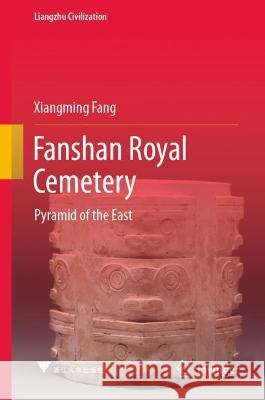Fanshan Royal Cemetery: Pyramid of the East » książka
topmenu
Fanshan Royal Cemetery: Pyramid of the East
ISBN-13: 9789811665684 / Angielski / Twarda / 2021 / 174 str.
Fanshan Royal Cemetery: Pyramid of the East
ISBN-13: 9789811665684 / Angielski / Twarda / 2021 / 174 str.
cena 403,47
(netto: 384,26 VAT: 5%)
Najniższa cena z 30 dni: 385,52
(netto: 384,26 VAT: 5%)
Najniższa cena z 30 dni: 385,52
Termin realizacji zamówienia:
ok. 22 dni roboczych
Dostawa w 2026 r.
ok. 22 dni roboczych
Dostawa w 2026 r.
Darmowa dostawa!
This book outlines the latest research in Fanshan by the archaeologist, a man-made hathpace cemetery, on which is located the inner city of Liangzhu historical site at northwest area. There are 11 tomb locations discovered in Fanshan as built based on mutual dependency while and after excavation and were found continuously more than 1200 pieces (assemblages) of burial accessories, while at least 1100 pieces of jades were among the unearthed items. In view of the above-mentioned background, Fanshan as royal cemetery is well known for the largest number and variety of exquisite highly polished jades. In addition to prehistoric art, the work also explores the traces of Fanshan royal cemetery in conjunction with a substantial number of photos taken by expert of the historical site, restores the crucial burial objects and funeral rite as well as interprets burial accessories in different ways to discover the identity of the tomb’s occupants such as social class and status and moreover the interlocking system of an organization.











